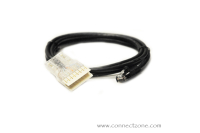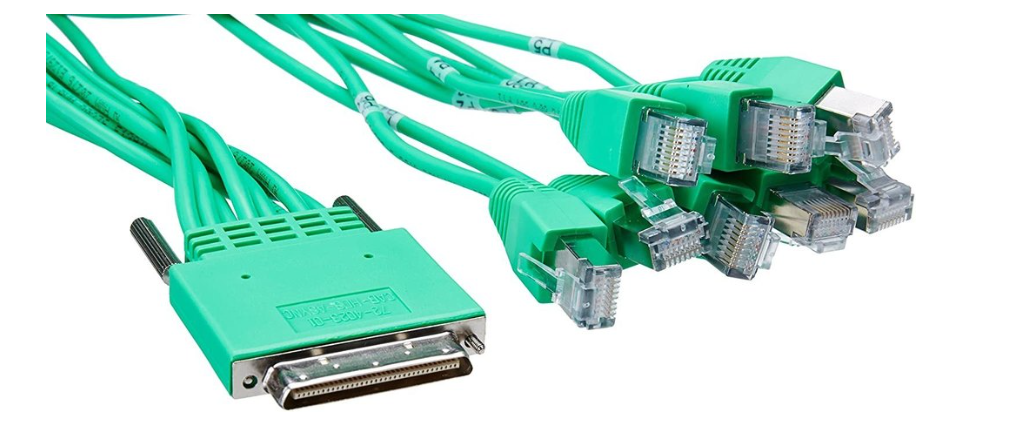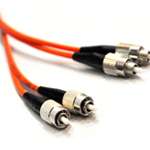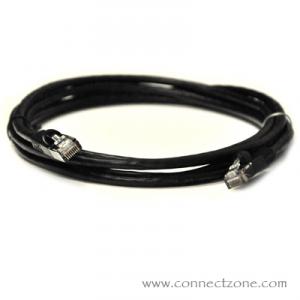We use cookies to make your experience better. Read more
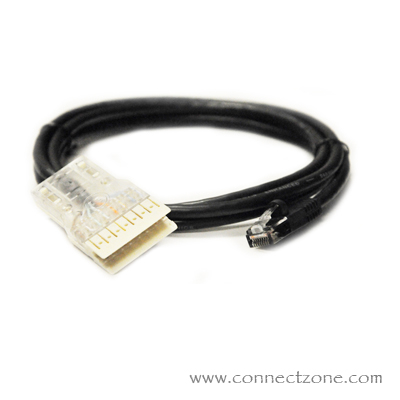
Being wireless in this technological era is a new thing these days. But to take advantage of the blazingly fast Internet that is now accessible in most homes and office campuses, a wired network also helps you to reach speeds that are much closer to the maximum speed. Cables become your friends when you think about a wired network. In today’s blog, we will talk about the patch panel and what is its purpose.
A patch cable is a general cabling term that connects two electronic devices, typically in a network that includes computers and other devices. Patch cables are also used to hold telephone, audio and video signals between devices in non-networked applications; these might include equipment such as headphones and microphones.
Patch leads is another name for patch cables. They are at times also referred to as patch code but it is more associated with non-network cable styles such as cable stereo devices.
Patch cables are distinct from other types because they are made more flexible than rigid, bulky copper cables that are common. Patch cables always have both ends of the connectors.
Purpose of using Patch Cable:
The primary advantage of using patch panels is better to structure and simpler control of your wired network, also known as patch bays. The cable control is the main focus of most newer patch panel designs. For instance, you can quickly get to all of your cables and terminations by using a front-access patch stand. For tight spaces, front-access panels work particularly well. Patch panels are also used for companies in places that house telecommunications equipment and play a critical role in network functionality.
Patch panels make it easy for network administrators to transfer, attach or change complex network architectures by centralizing the cables in one location. Patch panels are a smart way to easily move communication lines from office to office to another.
How to use Patch Cable?
You can wire a patch stand if you can connect an Ethernet jack. With your different ports, you will simply need to repeat the sequence several times. For most home networks, a patch panel with eight ports should be enough but expanding quickly when you need more power. There are readily available panels with eight to 24 ports, and you can use several panels together to create a larger one. If you are building a home or business network, can you do the job without patch panels? To be sure, because patch panels serve as a convenience rather than a requirement.
ConnectZone is a leading Cable expert. We have been supplying cables for storage, computer, and data network for over 11 years. We specialize in custom cable solutions. We are constantly adding new items to our wide range of cable products online including Fiber Optics, USB Cables, HDMI Cables, Printer Cables, Cisco Cables, Data Cabinets and Regals, IP67 IP68 Cables and Connectors, Bulk Wire, etc. The ConnectZone team is the best choice in the Greater Seattle area, in the U.S. and online for custom cabling and network solutions!


